
Back in med school, my biochemistry prof always stressed that the aerobic glycolysis produces the most ATP (energy harnessed for cell functions) as compared to anaerobic glycolysis. Aerobic glycolysis generates 36 ATP with oxidative phosphorylation while anaerobic glycolysis generates 2 ATP. It becomes counter-intuitive when cancer cells prefer anaerobic glycolysis even when the environment is abundant with oxygen. Normal tissue only uses this inefficient pathway when there is lack of oxygen ---- example during vigorous exercise or muscle sprinting. This produces lactic acid as a byproduct which causes your muscle to ache.
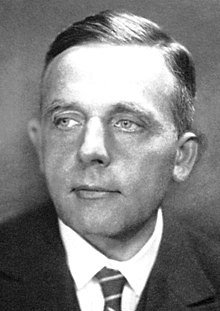
This phenomenon had been described by Otto Warburg when he first observed the massive production of lactate from cancer cells even with an abundance of oxygen. Dr Otto discovered that cancer cells use 20% less oxygen than normal cells but glucose is metabolized 10 folds compared that to a normal cell! However, he misinterpreted the inability to carry out cellular respiration was due to defect done to the mitochondrion by cancer cells. He further stated that to be the origin of cancer cells. Well, this is not true, subsequent studies found that cancerous cell does have a functioning mitochondria, that is able to carry out aerobic glycolysis. So why do cancer cells still prefer a more inefficient pathway?
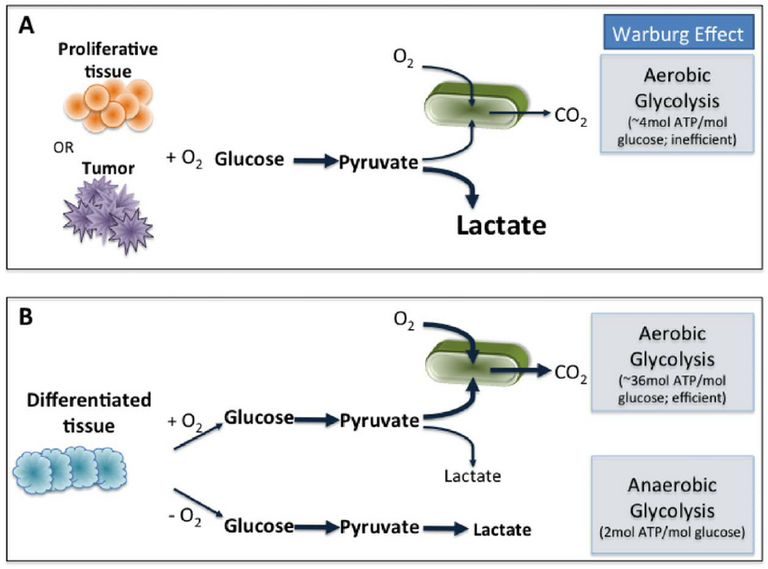
Hypothesis
1) Building blocks matters more
Cancer cells use glucose not just to generate energy but also as a substrate for building new cells. A cancer cells is an actively dividing cells which require lots of cellular components, and in turn demand more of building blocks like acetyl Co-A, which can be made into other tissues like amino acids or lipids.
Lets take an example on palmitate, palmitate is a major component of the cell wall structure. It will take 7 ATP to produce palmitate. At the same time consuming up to 16 carbons from 8 acetyl-COA molecule. Oxidative phosphorylation from mitochondria does produce a lot of energy from acetyl-COA. But Acetyl- COA is massively depleted as all is used for energy. So there will be no building blocks left to build the cell wall of cancer cells.
So by burning a molecule of glucose, you'll get 5 times the needed ATP (Oxidative phosphorylation generates 36 ATP and required ATP to produce palmitate is only 7 ATP), but require 7 glucose molecules to build one molecule of palmitate. That sounds nothing like efficiency. That's why cancer cells prioritize on supply of building blocks rather than energy.
2) ATP may not be a limiting factor in cancer cells
There are studies conducted shown that no matter how much they are stimulated to duplicate, cells that utilised anaerobic glycolysis in aerobic condition still exhibits high ratio of ATP/ADP (Adenosine diphosphate, anabolic product of ATP). Furthermore, even some small disruption to the ratio of ATP/ADP can impair the growth of cells. Cells that are lack of ATP most of the time underwent apoptosis. (cell death). The point that cancer cells can survive with minimal ATP supply proves that ATP is not a limiting factor for them.
Other than that, the ATP/ADP balance is highly regulated by an enzyme called adenylate kinase. This enzyme can act as a buffer for declining ATP by anabolically synthesizing ATP and AMP from two molecules of ADP (adenosine 5′-monophosphate). So this may help maintain a viable ATP/ADP ratio as ATP production declines.
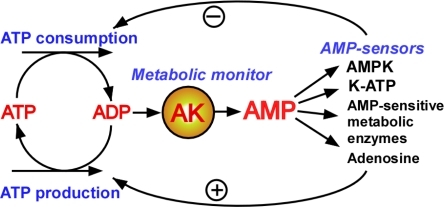
3) No selective pressure to optimize for more ATP yield
As our body is full of nutrients such as glucose, there is no pressure for cancer cells to produce energy. In contrast, there is selective pressure on the rate of metabolism. It means if the cancer cells are able to maximize their rate of anabolic growth, they can survive. This is evident with immune cells during wound repair, it all depends on the proliferative expansion of the T cells, B cells to efficiently reduce the risk of infection. This is similar to cancer cells, cells that convert glucose and glutamine most efficiently will proliferate faster and eventually ensure survival of the colony.

Glucose and Glutamine - nutrients for cancer cells
Warburg Effect is highly associated with glucose intake by cancer cells, but we rarely heard GLUTAMINE being mentioned. What is glutamine? Glutamine is the most abundant amino acids in the body. So these two substrate -- glucose and glutamine are the largest supplier of carbon, nitrogen and free energies that are necessary for the cell growth and proliferation.
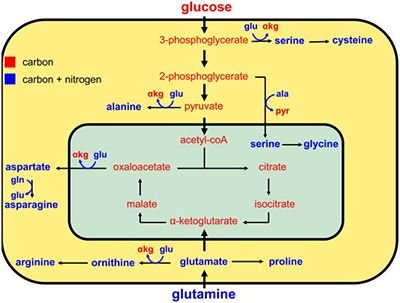
High throughput glucose and glutamine (gln) uptake provide the growing cell with a large pool of carbon and nitrogen for the biosynthesis of the nonessential amino acids. Compounds containing carbon, but not nitrogen, are shown in red, whereas those containing carbon and nitrogen are shown in blue.
It was discovered by Harry Eagle in 1955 in a paper entitled "The Growth Response of Mamalian Cells In Tissue Culture in Response to glutamine". This paper highlighted that glutamine is consumed over 10 times than other amino acids in cancer cells. Other studies also prove that cancer cells avid glutamate as much as glucose! Some cancer cells can't even survive without glutamine and this is being researched as one of the potential treatment of cancer!
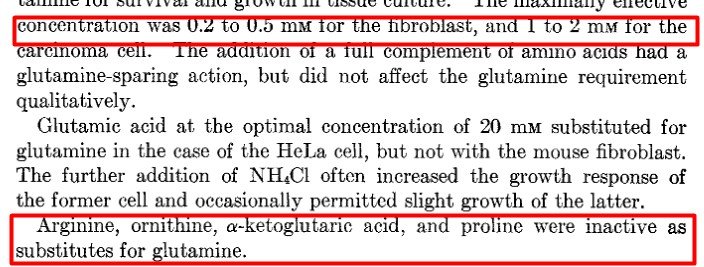
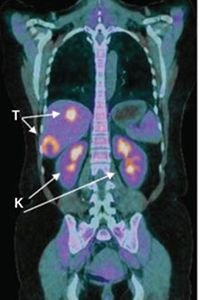
Pictures of liver carcinoma and also kidney tumor visualized by PET with the glucose analog FDG
The same PET scan can be done exactly with radioactively tagged glutamine. This shows that glutamine is part and parcel of cancer. It is the secondary nutrient requirement to carry out cell proliferation.Therefor a simple ketogenic diet to starve the cancer cells from glucose is not the best way. And indeed, in certain cancers, glutamine is a more important component.
Quoted from https://www.ncbi.nlm.nih.gov/pmc/articles/PMC4431550/
Cancers such as neuroblastoma, lymphoma, renal carcinoma, and pancreatic adenocarcinoma use altered glutamine metabolism to support their growth and survival

Killing cancer cells by inhibiting glutamine metabolism
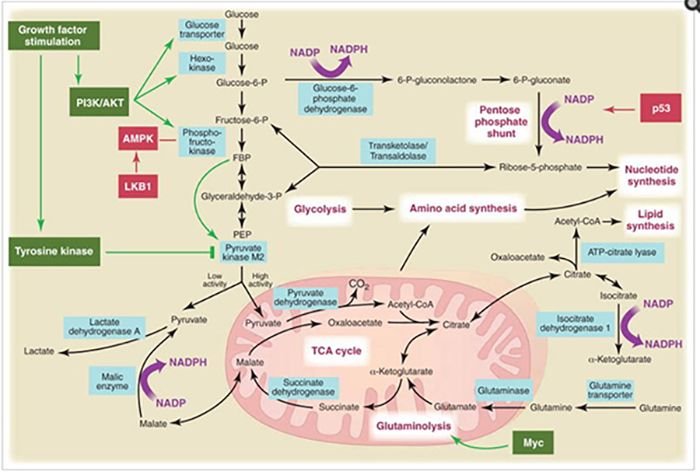
In the presence of adequate amino acids, the growth factor signalling will occur and pathway of PI3K/AKT and also tyrosine kinase will be activated. (Look at the left side of the diagram)
This pathway will directs available amino acids into protein synthesis via mTOR. In addition to that, it also regulates glucose uptake and utilization and eventually help in cell proliferation. As mTOR pathway is highly sensitive to the level of glutamine, this might disrupt the PI3K/AKT pathway and hence decreasing it's glucose uptake and effectively starving the cancer cells.
Another mechanism is through MYC oncogenes. MYC oncogene are particularly sensitive to glutamine withdrawal. Glutamine depletion from MYC-transformed cells results in the rapid loss of TCA cycle intermediates and cell death.
Conclusion :
Based on the studies done, we can conclude that, cancer cells can be characterized as :
Prefer a much less efficient process to obtain energy, even though lives in a oxygen dense environment. (Anaerobic glycolysis in aerobic condition)
Necessitates glucose but also glutamate to survive!
Of course, cancer is not just a dietary disease which can be simply fixed by restriction on glutamate consumption. Cancer is a highly heterogenous, meaning the same type of cancers have different metabolic mechanisms or even clinical symptoms. But in some cancers, glucose and glutamine are complementary to each other. Inhibiting one nutrient may not be effective in treating certain cancer as another nutrient is available. A possible solution to this is to combine inhibitors of glutamine and glucose, which needs further consideration and studies. But at least, we had a breakthrough in understanding and know that now.
References :
- Understanding the Warburg Effect: The Metabolic Requirements of Cell Proliferation
Matthew G. Vander Heiden - Deficiency in glutamine but not glucose induces MYC-dependent apoptosis in human cells.
Yuneva M - Targeting Glutamine Induces Apoptosis: A Cancer Therapy Approach
Lian Chen - Glutamine and Cancer ; Wiley W Souba
Image source : 1, 2, 3, 4, 5, 6, 7





Being A SteemStem Member
Congratulations! This post has been chosen as one of the daily Whistle Stops for The STEEM Engine!
You can see your post's place along the track here: The Daily Whistle Stops, Issue # 62 (3/3/18)
The STEEM Engine is an initiative dedicated to promoting meaningful engagement across Steemit. Find out more about us and join us today!
I wonder if it's a safety mechnaism for the tumor to not depend on the body's oxygen. Possibly impacting bodys autoimmune response?
Yes there's a research paper told that relying on anaerobic glycolysis which produces tonnes of lactate aka the lactic acid. The acidic environment will inhibit the proliferation of T-cells.(the immune response of body)
Could that show up on a blood test?
My aunt passed away due to lung cancer so I am interested to read this. As a biology and chemistry student in my college years, I know I can relate to your article so it is worth the reading. Really hope there is a cure for cancer and not just the chemo way where patients suffered and most died not of cancer but of infection which their body had no immunity left to fight.
Heard about ketogenic diet too, wanted to try but just not much time to further research. Thanks for your time and effort for this so I can just happily read it here.😊
Yes we all hope there's a cure for cancer. But right now we are making small discoveries towards curing cancer. My post pointed out that why ketogenic diet alone is not effective in some cancer. Other cancer doesn't mainly rely on glucose to survive but also glutamine (a kind of amino acids abundant in our body). So there are research being done to produce such drugs that will starve the cancer cells from glutamine. You're more than welcome to follow up on more research paper I will analyze in the future :) Thank you for reading the rather complicated topic of cancer. :D
ahahh this is incredibly informative, but more then half of it goes over my head. I just read a study, that also mostly went over my head, on the anti oxident effects of primrose, and I sorta wrote on that but I dont really understand it well enough yet haha.
It's a big and complicated topic. That's why medicine is hard :D But with determination I believe you can do it :) Just have to read lots of articles and analyze it step by step. Hope you'll come up with a great post!
Informative.
Do you have any educated guess/projection about when we'll beat this thing?! You hear lots of people saying a treatment is just around the corner, but it's a corner that so far still strangely eludes us.
@tngflx a very interesting post but can you please clarify if glutamine and glutamate (aka glutamic acid) have the same effects on cancer cell requirements? In your post you use glutamine and glutamate interchangeably but they are different amino acids. Also, deamidation of glutamine via glutaminase produces glutamate which is a precursor of gamma-amino butyric acid (GABA), an inhibitory neurotransmitter.
Thank you for sharing your posts with us. This post was curated by TeamMalaysia as part of our community support. Looking forward for more posts from you.
To support the growth of TeamMalaysia Follow our upvotes by using steemauto.com and follow trail of @myach
Vote TeamMalaysia witness bitrocker2020 using this link vote bitrocker2020 witness
Really good post, its very informative and i love the amount of research you did to make this post.
This post has received a 12.09% upvote from
For more information, click here!!!!
Try the new Minnowhelper Bots for more information here thanks to: @tngflx.
Help support @minnowhelper and the bot tracker by voting for @yabapmatt for Steem witness! To vote, click the button below or go to https://steemit.com/~witnesses and find @yabapmatt in the list and click the upvote icon. Thank you.
Voting for @yabapmatt